Ran Out of Laundry Detergent? Don’t Panic—Here’s What Actually Works
I’ve been in the home maintenance game for a long, long time, and let me tell you, I’ve seen it all. One of the classic panic calls? A laundry room floor that looks like a bubble bath exploded. And nine times out of ten, the reason is the same: someone ran out of laundry detergent and tried to get creative with dish soap.
It’s a totally understandable mistake. You’ve got a mountain of laundry to tackle, you’re all set to go, and then you see it—the dreaded empty detergent bottle. Your first instinct is probably to raid the kitchen for a quick fix. But before you do, let’s talk. These emergency substitutes can work, but they come with some serious risks to both your clothes and your washing machine. I’m here to give you the practical, real-world advice I’d give to anyone I was training, so you can handle this problem without causing a bigger one.
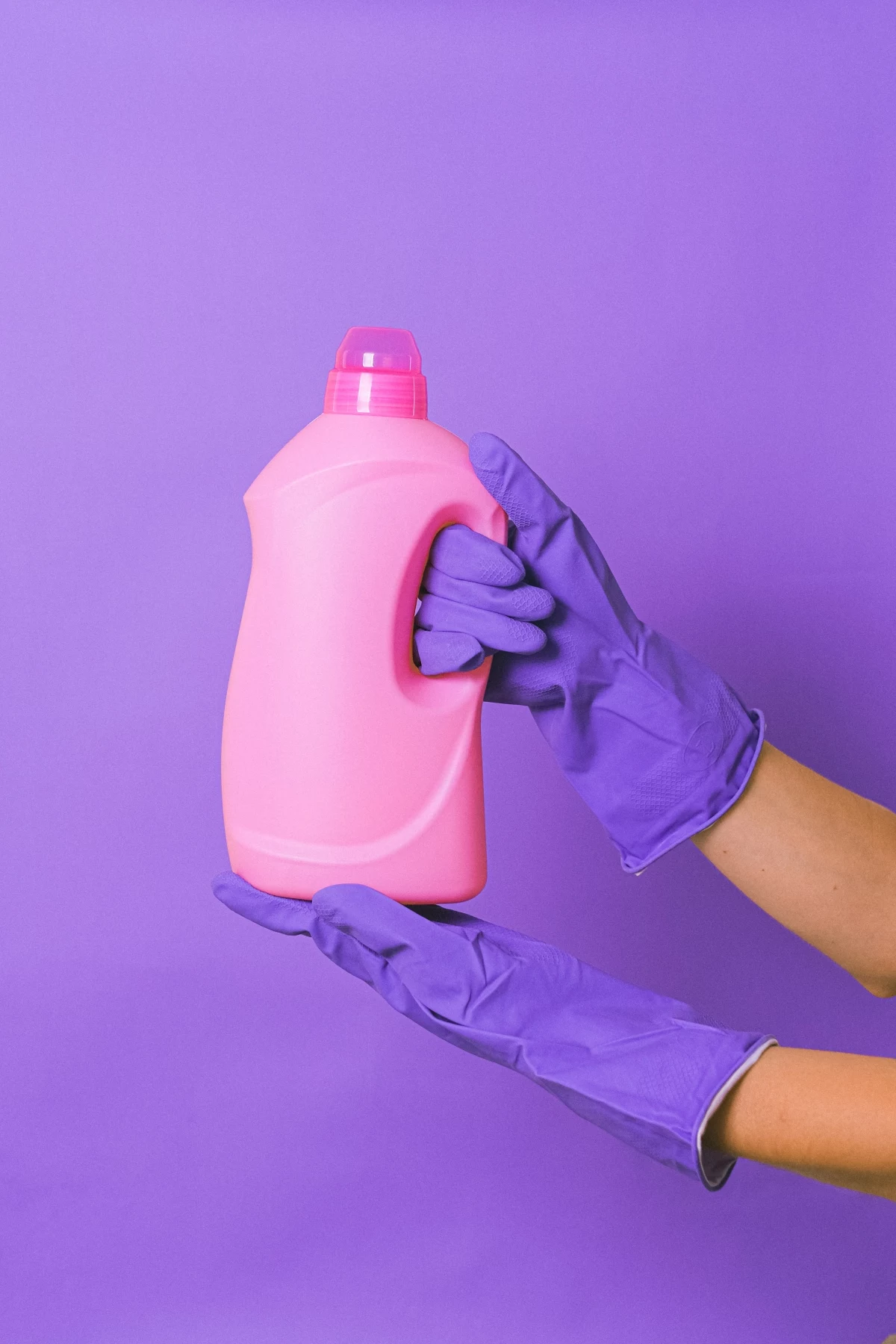
In a Pinch? Your Quick Guide
For those of you standing in front of your washer right now, here’s the lightning-fast version. Don’t use a table, just remember these key points:
- For Freshening & Light Deodorizing: Grab the baking soda. A half-cup tossed right in with your clothes will freshen things up. It’s a great deodorizer but not a deep cleaner. Totally safe for all machines, including High-Efficiency (HE) models.
- For Softening & Rinsing: Distilled white vinegar is your friend, but only in the rinse cycle. Add a half-cup to your fabric softener dispenser. It will help remove residue and soften clothes naturally. Also completely safe for HE machines.
- For Actual Grime (With Caution): A plain bar of soap can work. You’ll need to grate it first—and only use a tiny amount, about one tablespoon, especially in an HE machine. This one is risky because it can create a ton of suds.
- The Absolute “Don’t-Do-It” List: Never, ever put dish soap, shampoo, or bubble bath in your washing machine. I promise you, you will regret it.
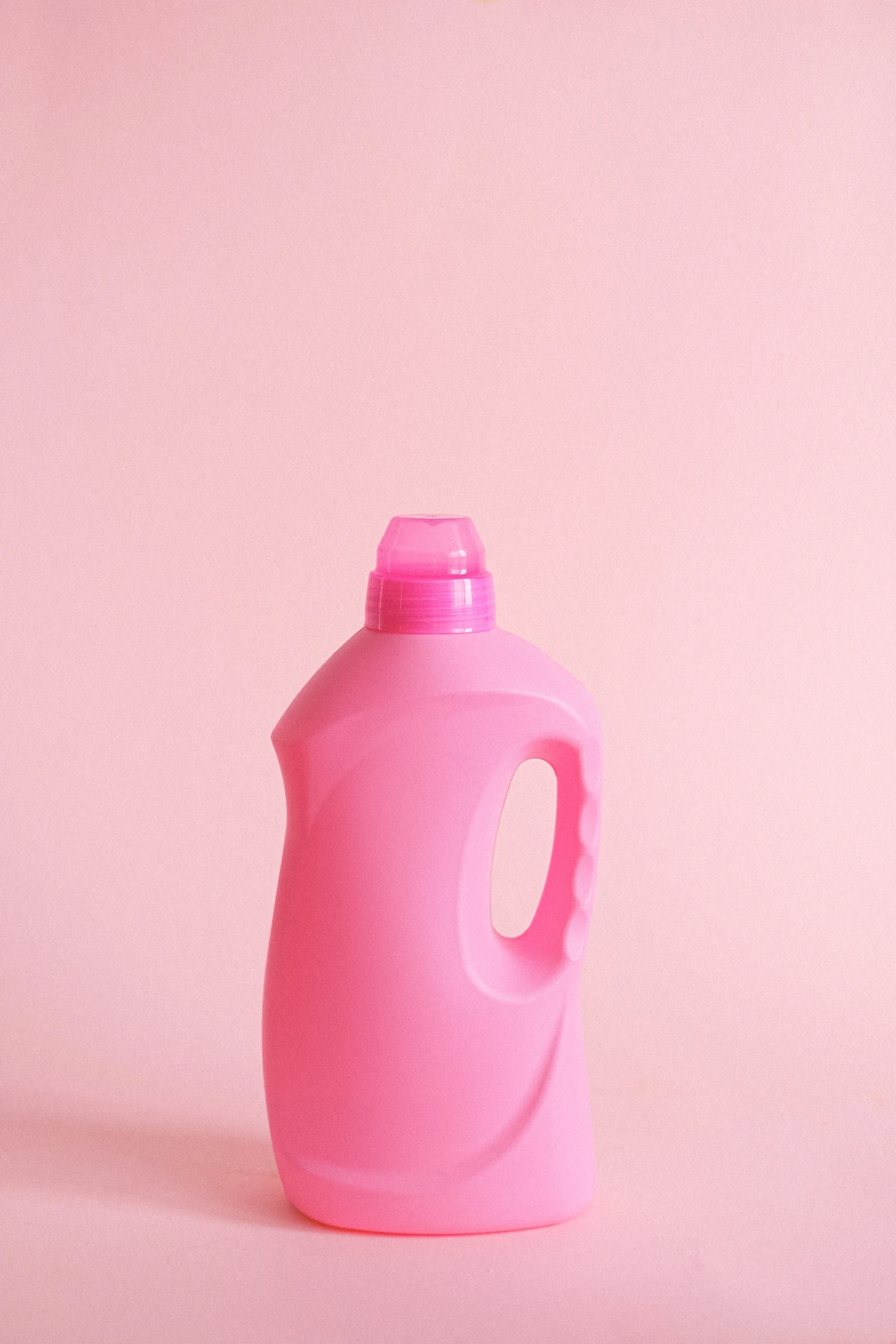
First, What Does Detergent Actually Do?
To find a decent substitute, you have to know what you’re trying to replace. Modern laundry detergent is some seriously engineered stuff; it’s way more than just “soap.” In fact, most of it is technically soap-free.
The magic is in molecules called surfactants. Think of them like little janitors with two hands. One hand loves water, and the other loves oil and grime. In the wash, the grime-loving hand grabs onto all the gunk on your clothes, and the water-loving hand lets the water rinse it all away. Simple, but incredibly effective.
But that’s not all. Modern detergents are also packed with:
- Enzymes: These are the stain specialists. They’re proteins that target and break down specific messes like grass, blood, or greasy food stains.
- Builders: These chemicals
Galerie d’inspiration
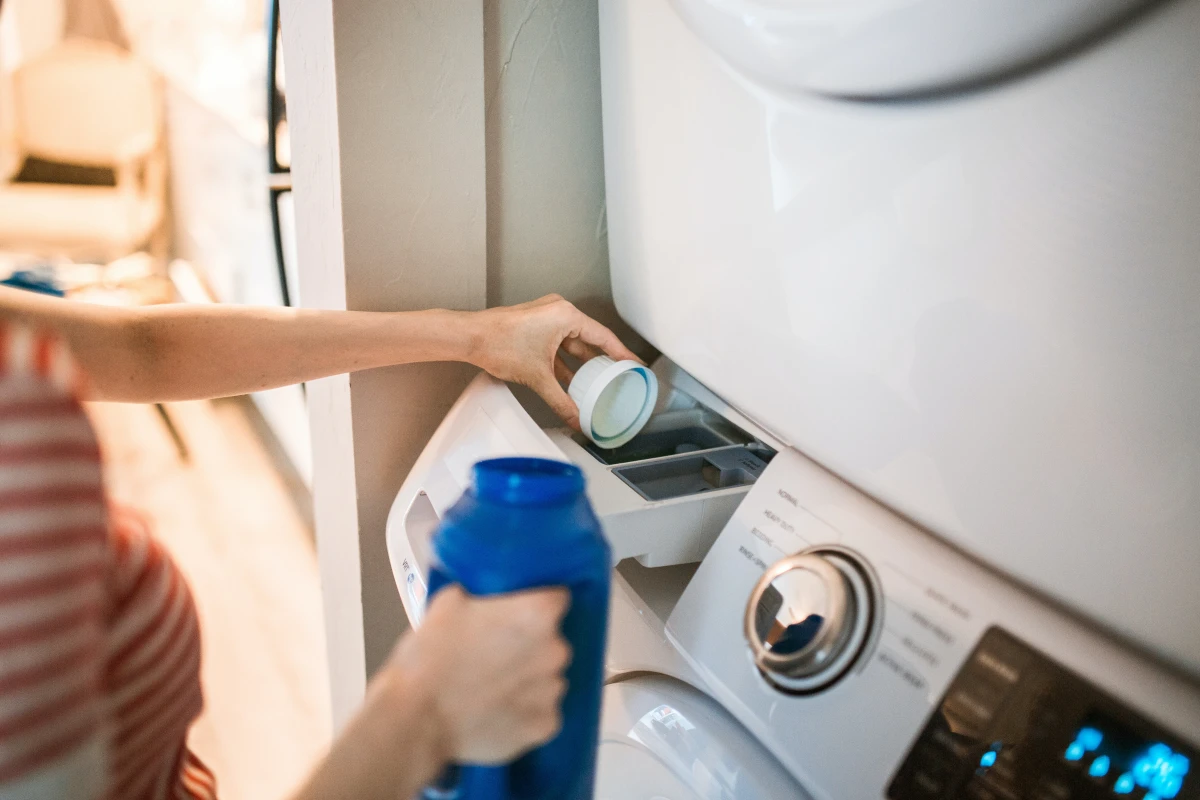
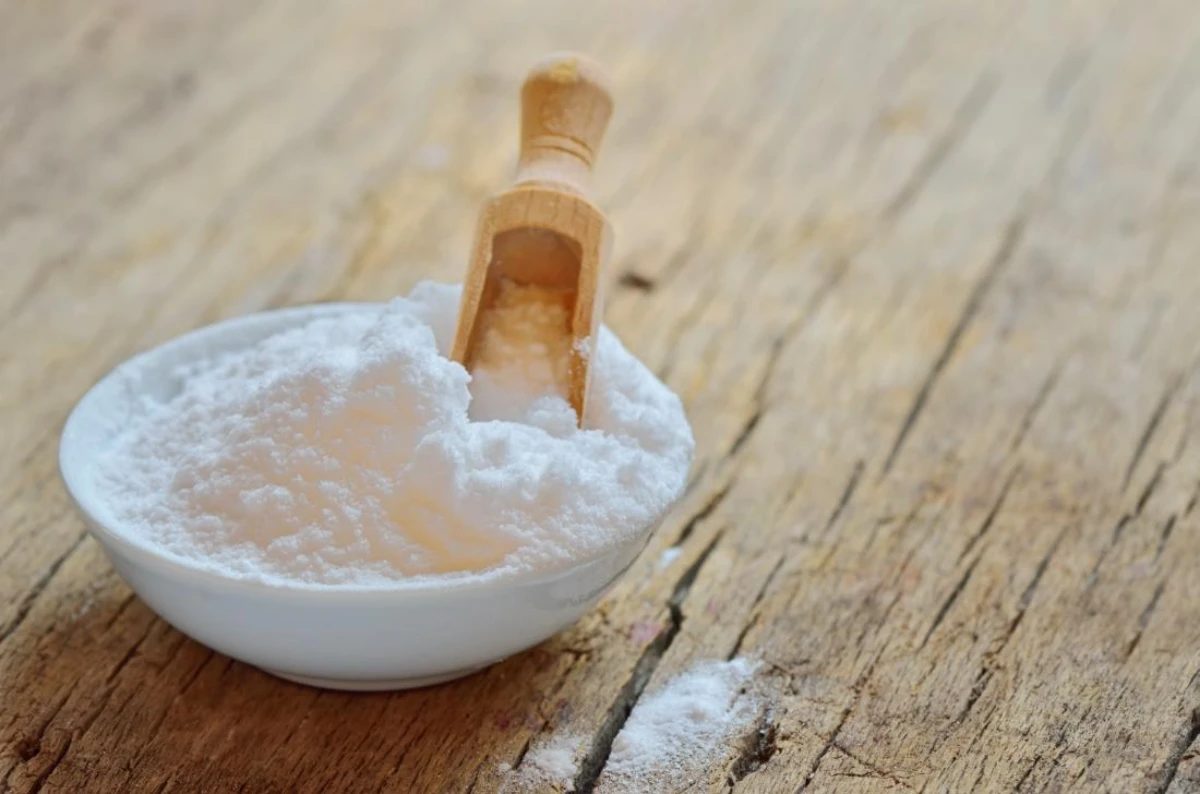
A note on dish soap and your machine: The main culprit is the sudsing agent. While a brand like Dawn is fantastic for cutting grease on plates, its formula is designed to create long-lasting bubbles. In a high-agitation, low-water environment like a High-Efficiency (HE) washer, these suds multiply exponentially, overwhelming the machine’s sensors and drainage pump. The result isn’t just a foamy mess; it can lead to error codes and even permanent pump damage.
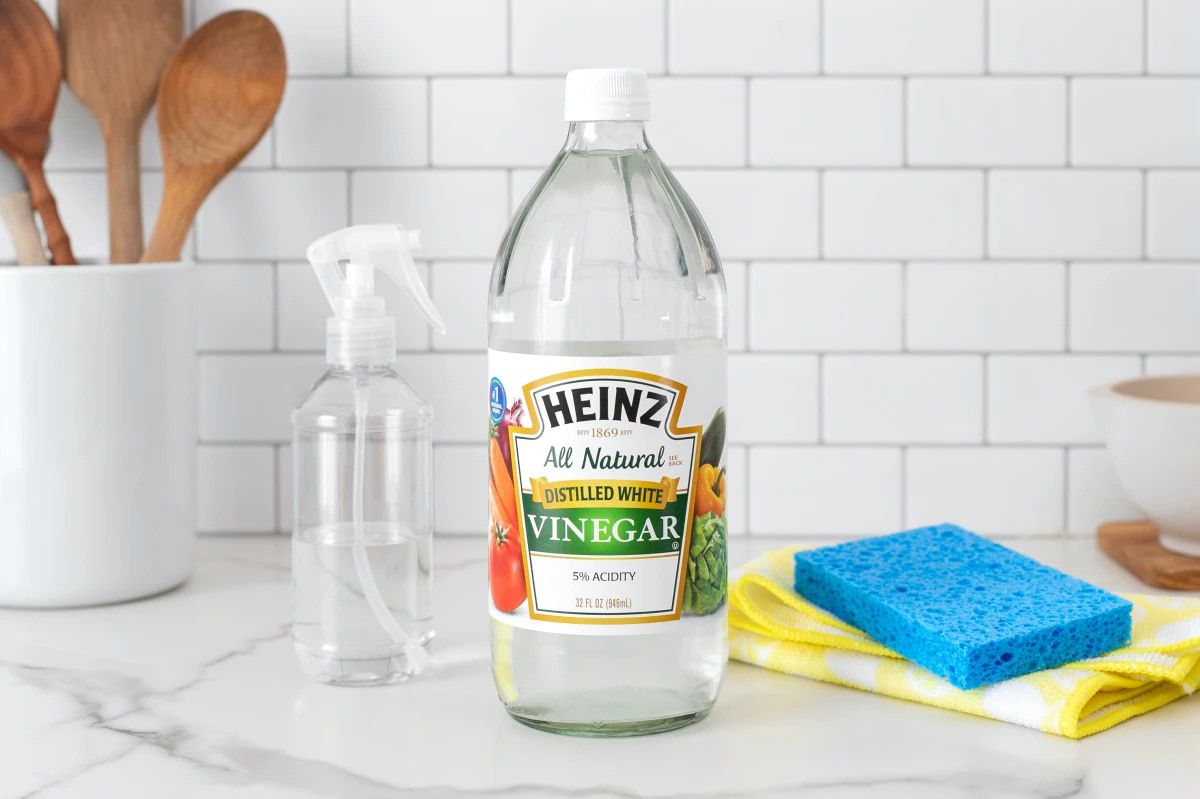
Looking for a permanent, natural alternative to commercial detergents?
Consider soap nuts (or soap berries). These are dried fruit shells from the Sapindus mukorossi tree that contain saponin, a natural cleaning agent. Simply place 4-5 nuts from a brand like Eco Nuts or NaturOli in a small muslin bag and toss them in with your laundry. They are gentle, hypoallergenic, and can be reused for several loads, making them both an eco-friendly and budget-conscious choice.
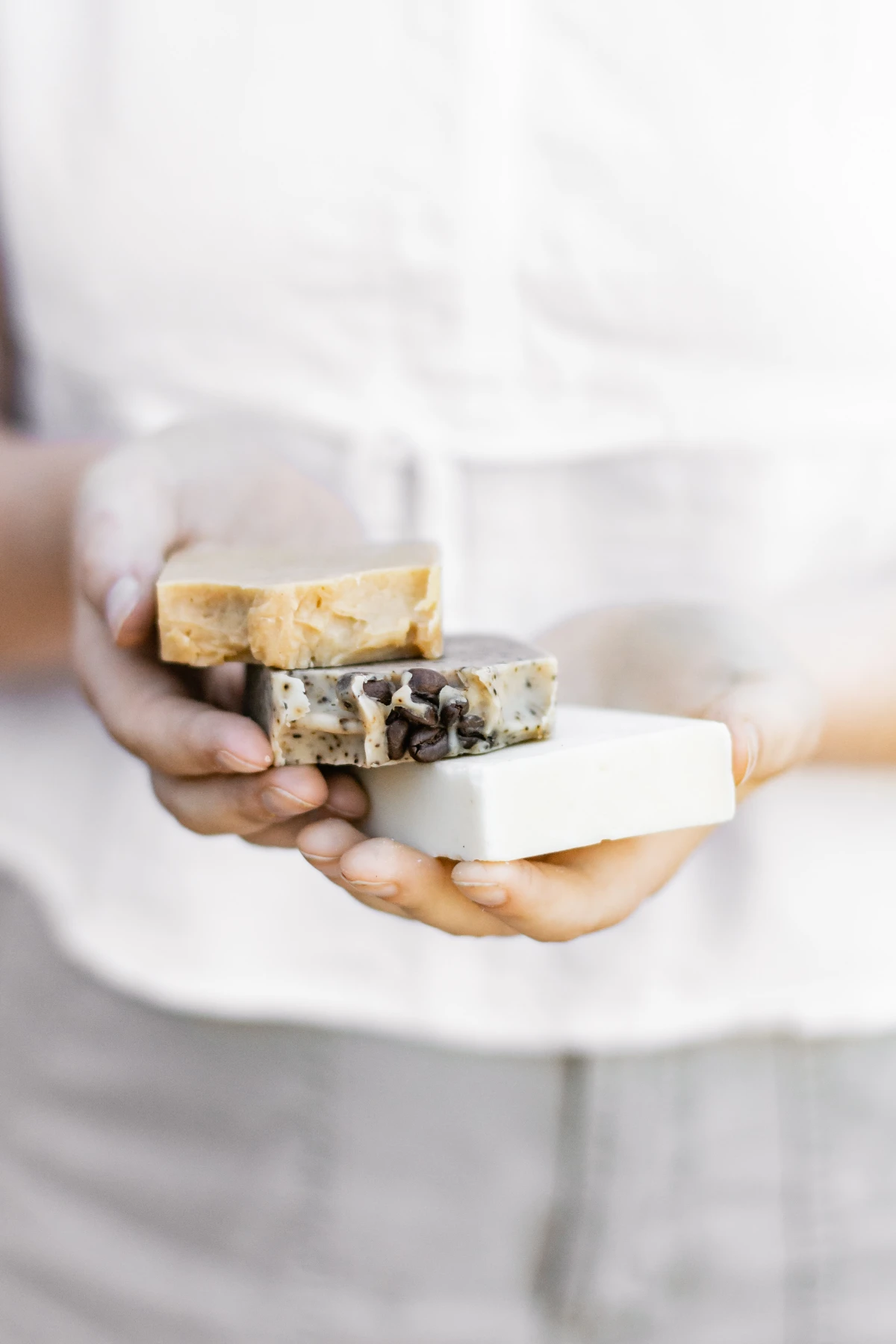
The average washing machine uses surfactants to lift dirt, but these can leave a residue that dulls fabrics over time.
This is precisely why the article’s vinegar tip is so brilliant. Using distilled white vinegar in the rinse cycle acts as a natural clarifier. It helps break down and wash away any remaining soap or mineral deposits from hard water, restoring softness and brightness to your clothes without the waxy coating of commercial fabric softeners.
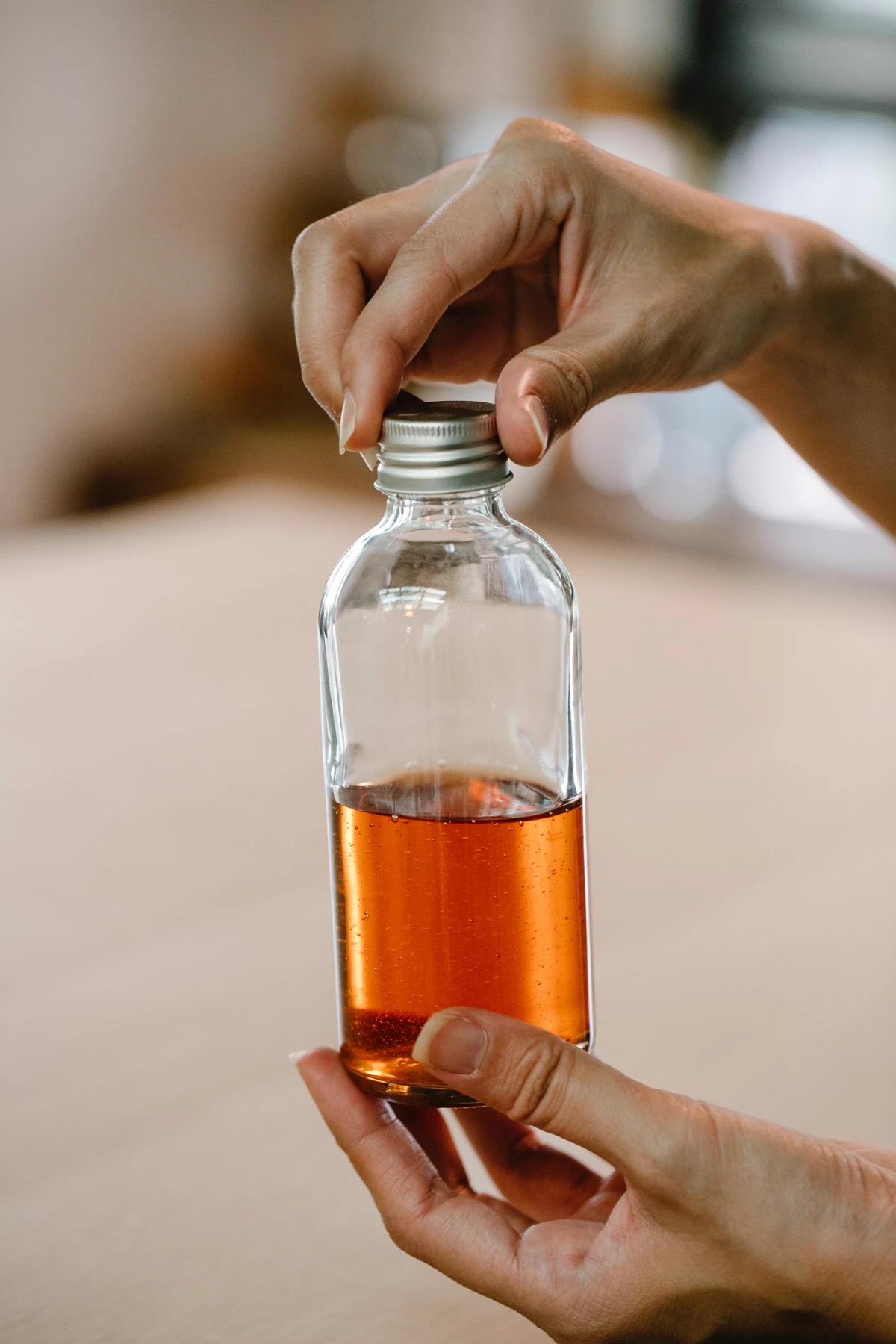
- Removes tough organic stains like grass or blood.
- Brightens whites without the harshness of chlorine bleach.
The secret? A simple bottle of 3% hydrogen peroxide. Dab it directly onto the stain before washing. Just be sure to test it on an inconspicuous spot on colored fabrics first, as it can have a mild lightening effect on some dyes.
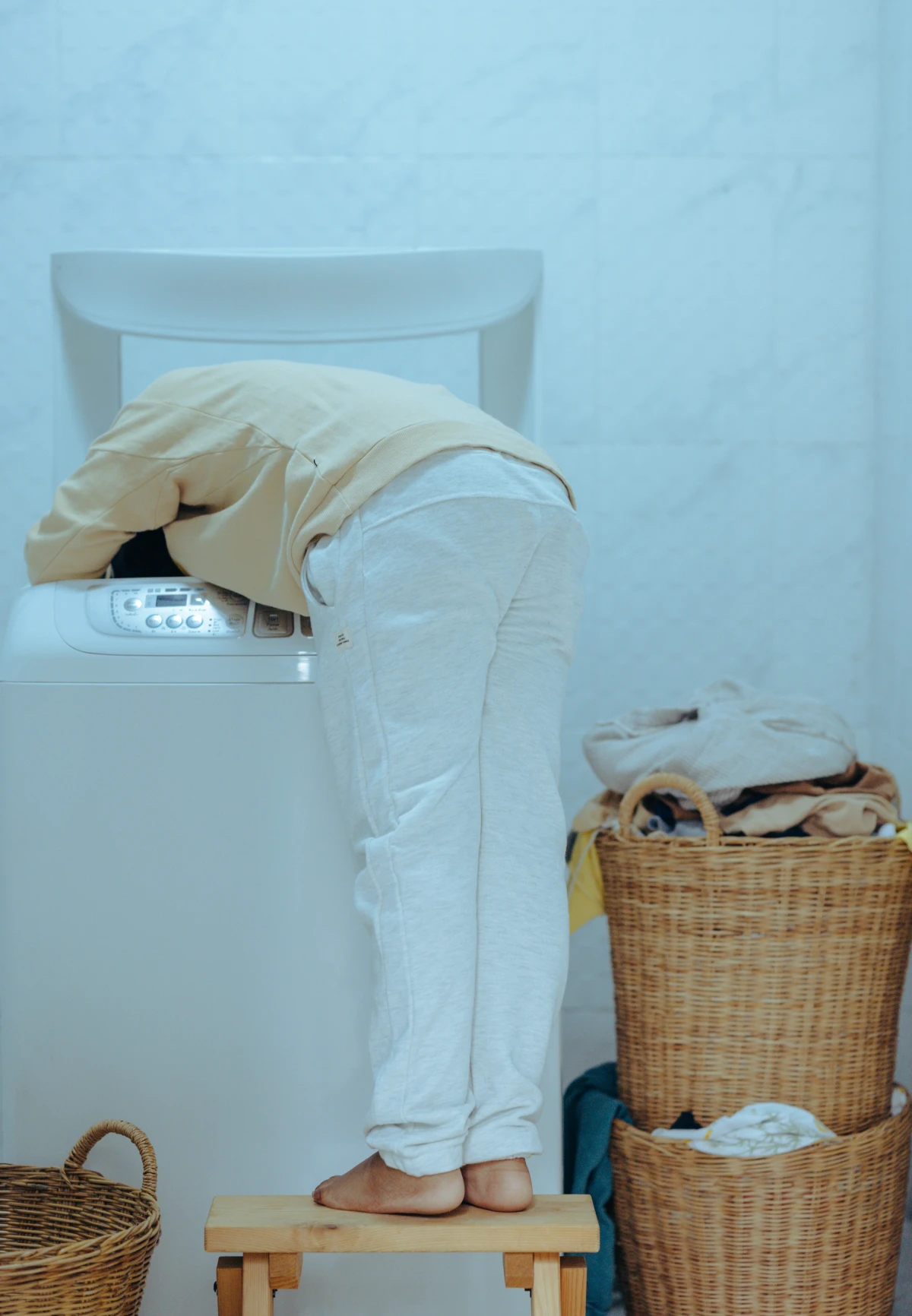
For a natural fragrance boost that rivals commercial scent beads, add a few drops of essential oil to a wool dryer ball before the drying cycle. Lavender provides a calming scent for bedding, while lemon or sweet orange adds a bright, clean aroma to towels. It’s a simple way to customize your laundry’s final touch without the artificial perfumes that can irritate sensitive skin.
If this emergency has you thinking about DIY options, a basic powdered laundry soap is surprisingly easy to make. It avoids the fillers found in many commercial brands. For a standard-sized batch, you’ll need:
- 1 bar of a laundry soap like Fels-Naptha or Zote, finely grated.
- 1 cup of washing soda (sodium carbonate), not to be confused with baking soda.
- 1 cup of borax.
Mix them thoroughly and store in an airtight container. Use just one to two tablespoons per load.










